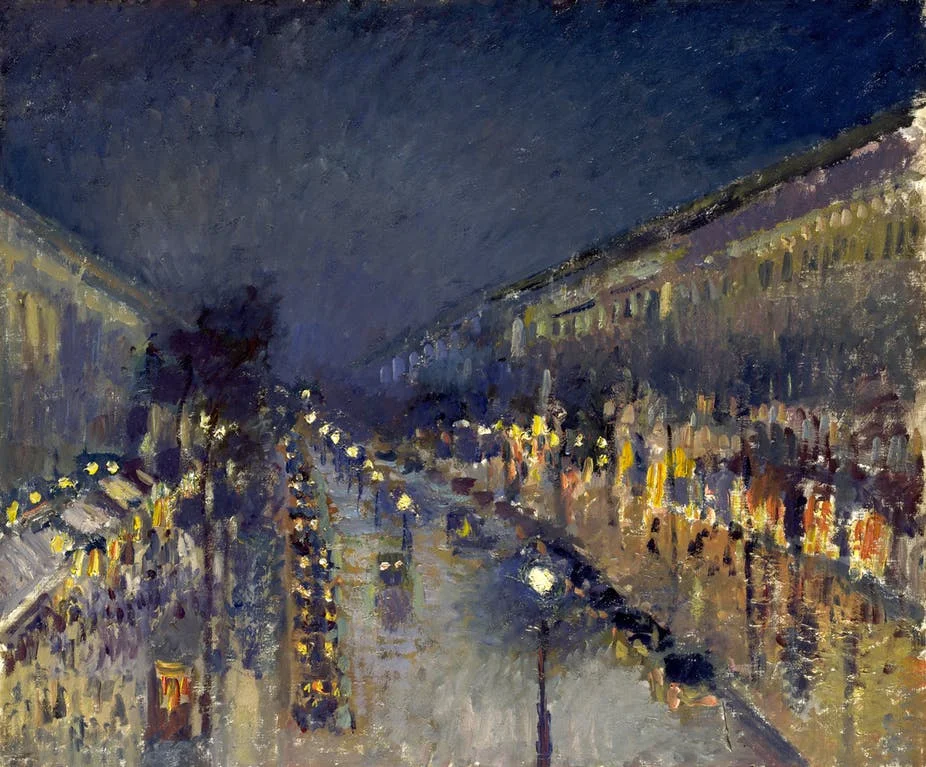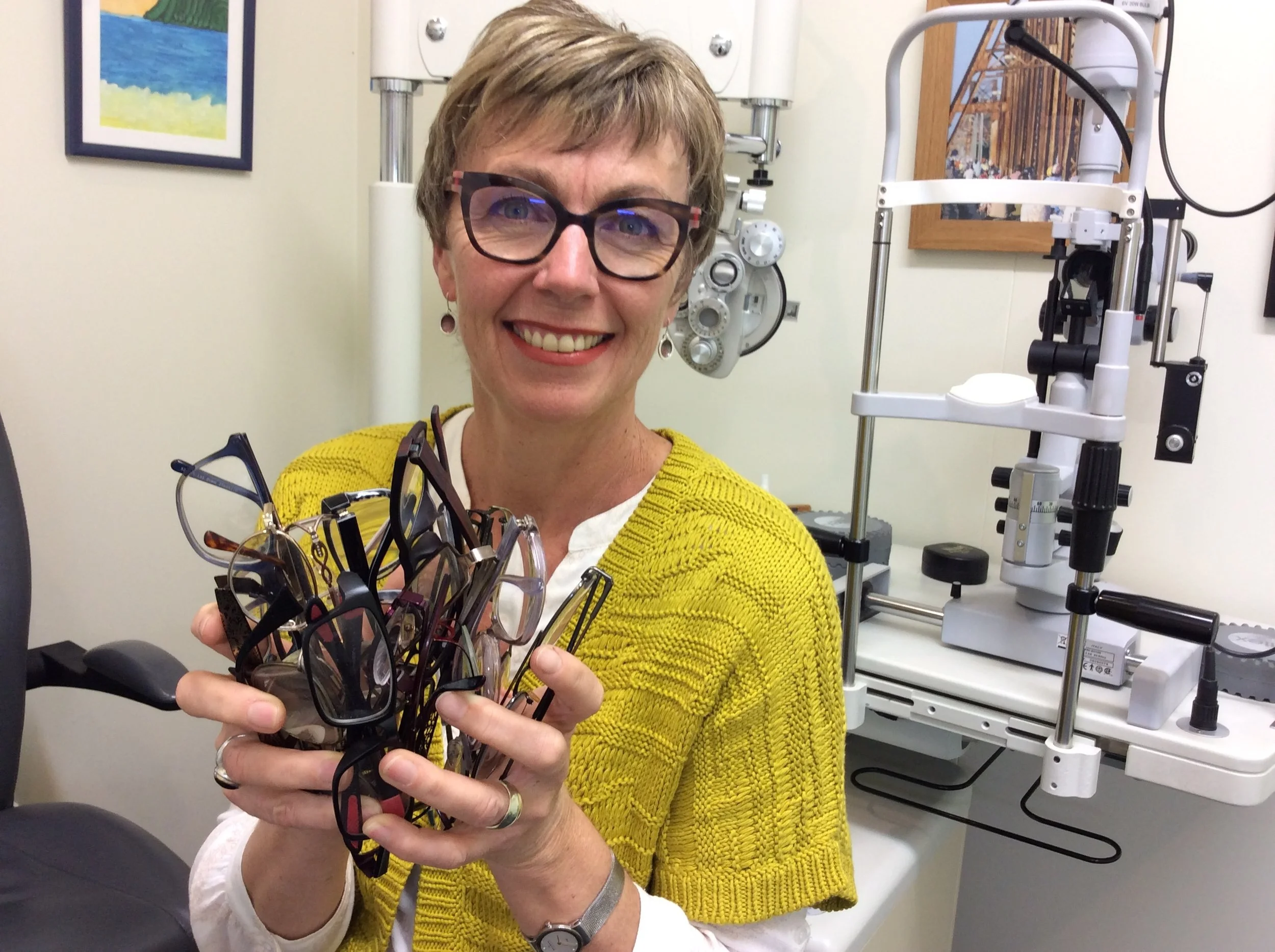Conveniently Georgia has been able to ditch her glasses thanks to her orthokeratology (Ortho-K) lenses that correct her eyesight as she sleeps. Advances in Ortho-K, mean Georgia no longer has to wear glasses or contact lenses during the day.
Ortho-K involves gently reshaping the cornea of the eye to temporarily modify or eliminate refractive error - including short sightedness or myopia.
While the process has been practised for almost 40 years, results were quite variable and unpredictable. However, in the last 10 years new technology has become available to accurately map the corneal shape and manufacture lenses that will achieve a controlled and precise correction in the eye. In addition, new developments in lens materials have been made that enable safe overnight wear to be possible.
Optometrists fitting Ortho-K soon realised that young people wearing these lenses to correct short- sightedness didn’t progress or get worse like those who wore regular glasses or soft contact lenses. Numerous studies confirmed that wearing Ortho-K lenses stopped or slowed kids from getting more short-sighted.
“Rates of short-sightedness have been increasing worldwide; in the US rates of myopia (short-sightedness) have increased from 25 per cent to 42 per cent in 30 years and by 2050 it is predicted that 50 per cent of the population will be short-sighted, doubling what the rate was in 2000,” Claire McDonald says.
“Our concerns are also the more short-sighted you become, there is more risk your eyes will develop cataracts, retinal detachments, macular degeneration and glaucoma. So Ortho-K offers both short term and long term benefits”.
Ortho-k is now a safe, viable and reversible alternative to refractive surgery. The cornea, while being mouldable, will return to its original shape if lens wear is stopped.
“You simply sleep in your lenses, then wake up and remove them, and enjoy clear vision all day.”
Georgia said she enjoys playing touch while being able to see clearly without having to think about using corrective contact lenses, and her mum, Rachel, tells us “Ortho-K has changed Georgia’s life”.








